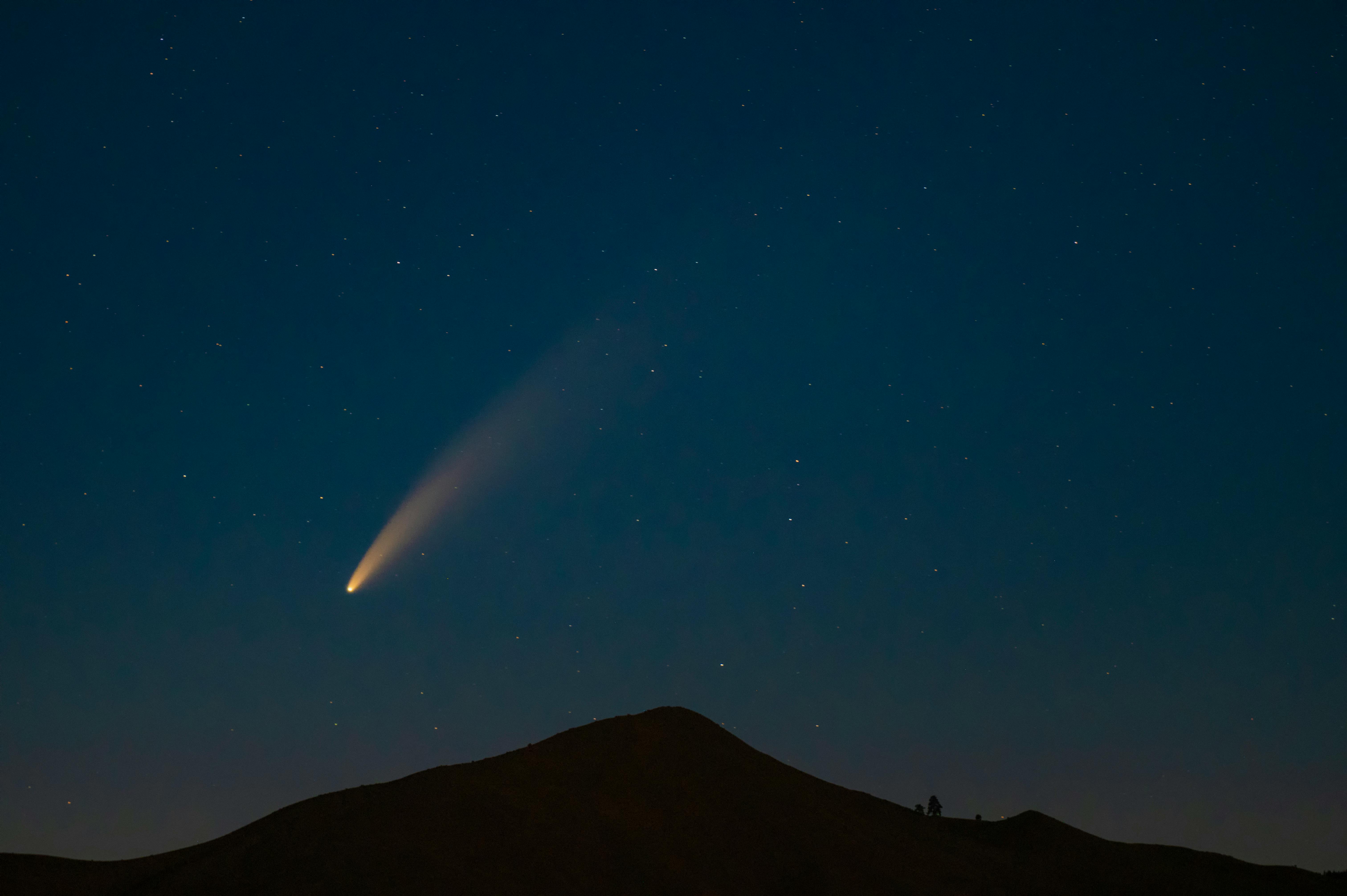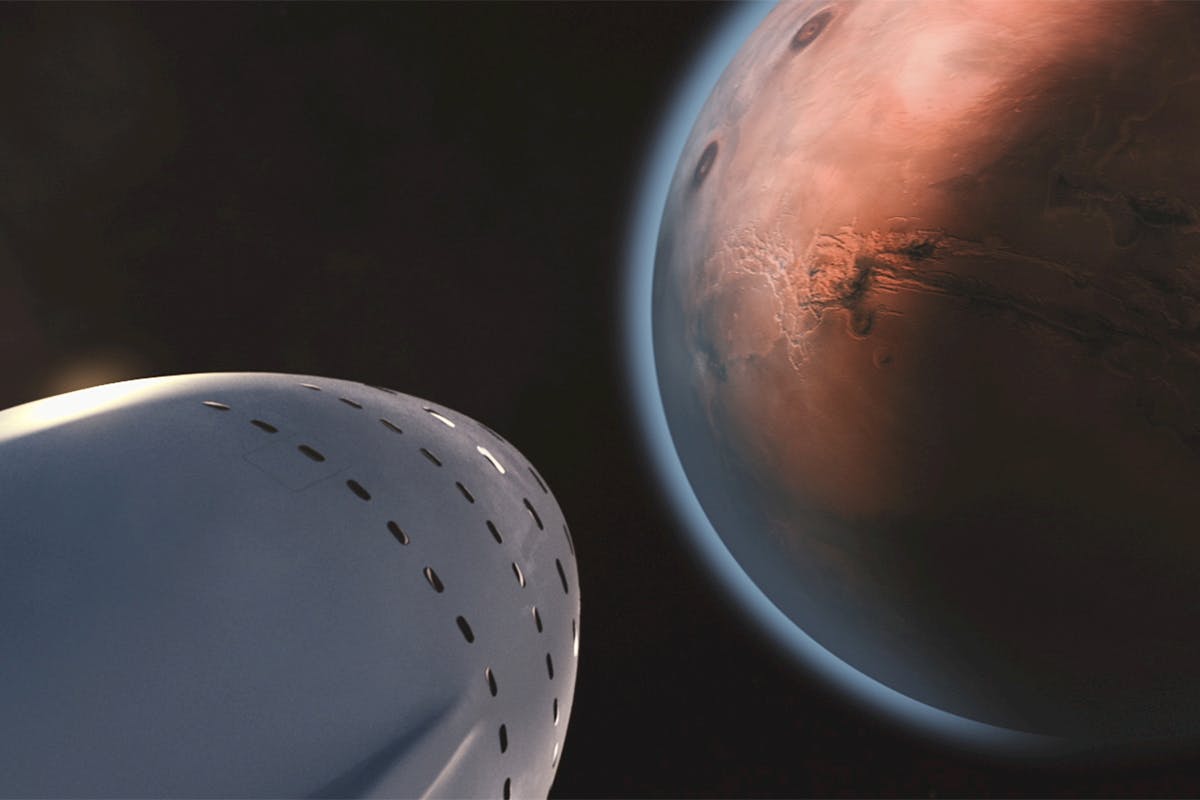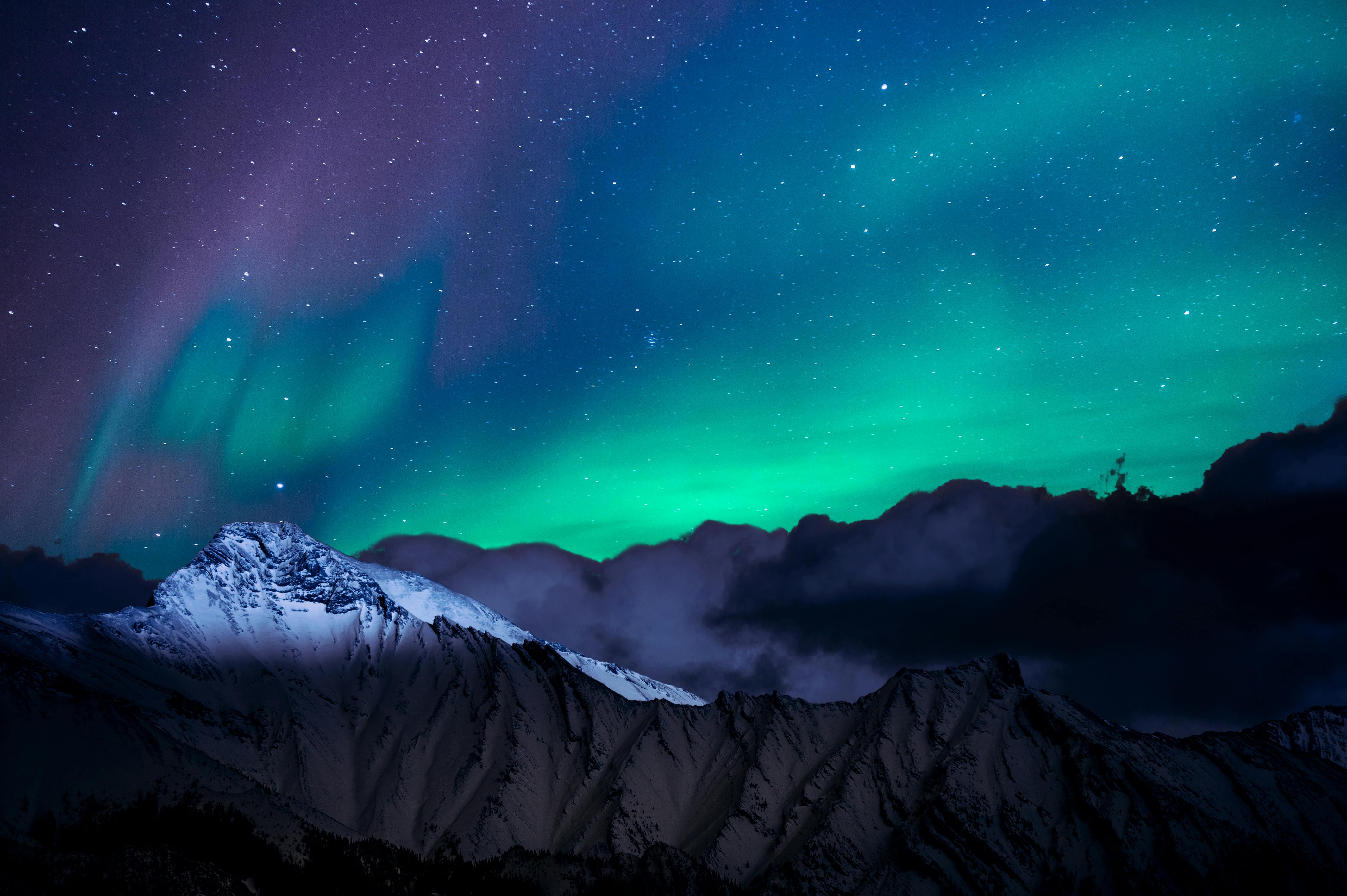Introduction
As generative AI reshapes science and intelligence collection, one unexpected application is now catching attention: using multimodal AI to reconstruct UFO sightings from witness reports. With OpenAI’s Sora and Wikipedia’s vast consensus-driven documentation, we demonstrate how you can recreate key sightings as visual narratives—offering fresh insight into phenomena once deemed purely anecdotal.
In this tutorial, we’ll show how you can use Sora to generate UFO images from aggregated witness testimony, all processed through public knowledge bases like Wikipedia. The goal isn’t to prove or disprove events—but to build a method for visual, repeatable investigation of anomalous aerial encounters.
Step 1: Source Eyewitness Reports
Start with Wikipedia. For our case study, we explored:
Each of these pages contains composite descriptions—often the result of dozens of cross-verified statements by military personnel, radar operators, and civilians.
Objective:
Extract key elements described by witnesses:
- Light patterns (triangular, elliptical)
- Behavior (hovering, accelerating, splitting into smaller objects)
- Environmental context (mountain backdrop, city skyline, desert sky)
Step 2: Prompt Sora with Witness Consensus
Using extracted consensus details, we formatted prompts for Sora like:
“A silent triangular object with three white lights hovering above a desert mountain at night, seen from a suburban backyard in 1997 Phoenix. The object blocks out stars behind it. Atmosphere is quiet and eerie.”
Sora was then pointed at this structured knowledge via Wikipedia, allowing it to ground its generation in human-attributed facts.
Step 3: Visualize the Results
Below are several generated images using this method. Each one draws from a composite of real-world statements and generative synthesis via Sora:
 Fig 1: A triangular formation over desert terrain, inspired by Phoenix Lights reports.
Fig 1: A triangular formation over desert terrain, inspired by Phoenix Lights reports.
 Fig 2: Recreating the 1976 Tehran encounter’s high-altitude glow.
Fig 2: Recreating the 1976 Tehran encounter’s high-altitude glow.
 Fig 3: Witness statements suggested rapid entry and silence.
Fig 3: Witness statements suggested rapid entry and silence.
Step 4: Using AI to Generate Consensus From Chaos
Where Sora excels is in its synthesis of loosely structured human reports into coherent outputs. The hybridsec method combines:
- Wikipedia (as a consensus data source)
- Structured prompts based on multiple witness reports
- Image generation via Sora, grounded in those references
This technique offers new ways to visualize public phenomena with interpretive accuracy, without relying on speculative editing or fictional embellishment.
Implications and Use Cases
Open Source Intelligence (OSINT)
- Synthesize composite visuals from crowd-sourced phenomena
- Enhance anomaly detection with generative baselines
Science Communication
- Translate ambiguous text reports into visual reconstructions
- Support transparent public analysis of historic events
Cultural Analysis
- Reveal evolving visual patterns in how unexplained aerial phenomena are described
- Compare generative renderings with historical art and photography
Conclusion: Toward a Visual Science of the Unexplained
Sora allows us to turn data into intuition, and intuition into images. By training generative systems on consensus sources, we gain a new investigative tool—one that is replicable, non-destructive, and available to everyone.
The unexplained doesn’t have to remain unseen.
Follow HybridSec for more on generative AI, open intelligence techniques, and emerging applications across science and national security.
Share this article

yankee0one
Decade of experience watching PBS Space Time on YouTube.
Related Articles

3I/ATLAS (C/2025 N1): Living Evidence Log & Analytic Brief
A research-grade, continuously maintained account of the interstellar object 3I/ATLAS (C/2025 N1), synthesizing multi-wavelength observations, quantitative findings, and near-term priorities around perihelion.
Read moreUnlocking the Cosmos with the Vera Rubin Observatory
How to access LSST data releases and explore cosmic anomalies through the Rubin Science Platform.
Read more
Mars in 2025: Countdown to Humanity’s First Step
The year 2025 marks a turning point in Mars exploration, with key technology tests, mission planning milestones, and international collaboration paving the way for human arrival in the 2030s.
Read more